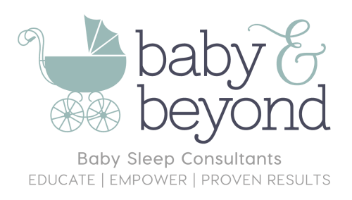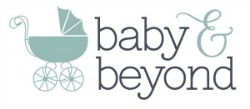We’ve probably all heard stories from our friends with children about not being able to go to the toilet without a shadow following behind crying or been driven nuts by a baby who screams blue murder when they leave the room – even just for a minute!
So what’s going on here, why has my previously placid and charming baby turned into a clingy little monster?
This frustrating phase has a name Separation Anxiety
Separation anxiety is a normal phase of a child’s emotional development. Babies can begin this phase as early as 6-7 months but is often most acute in babies 10-18 months. The phase starts when babies begin to realize that things and people exist, even when they can’t see them. This is called ‘object permanence’.
Signs of separation anxiety are pretty clear: baby becomes clingy or tearful when you leave the room and may holler and scream loudly when they can’t see you. Older babies may follow you everywhere. They may be wary of strangers and may even get distressed with other familiar faces like Dad, grandparents and people they see regularly.
The degree of distress and the length of the phase may be down to the personality of the child but even very confident, outgoing babies and toddlers will experience this phase.
The reason your little person gets anxious when they can’t see you is that they don’t know if you are ever coming back! Sounds ridiculous to us but in their minds, they think you’re gone for good!
Some practical ways to help your little person through this phase:
- Playing peek-a-boo or hiding a toy under a cushion and ‘finding’ it. Doing this often, helps reinforce that when someone or something can’t be seen by them it hasn’t disappeared altogether.
- When you leave your baby with a different caregiver (even if it’s Dad) kiss baby good bye, tell them you will see them soon and depart promptly. Don’t draw out the farewell as this will make it harder for both you and baby. Greet your baby with a smile and a cuddle upon your return.
- If they are starting childcare or a new caregiver will be looking after them, have several practice runs where the new caregiver engages with the baby while you are still around. Leave for a short time (15-30mins) and then return. This allows time for the baby to become familiar with the new person/environment and also builds trust that when you go, you eventually return.
- Model confidence – if you’re feeling anxious yourself about leaving baby in a new environment or with a new person, try to show warmth and enthusiasm. Baby will sense your anxiety and become panicky. It’s normal to feel some anxiety yourself if your baby’s anxious or clingy but you need to “fake it till you make it”
Separation anxiety can be a very frustrating and tricky time for some parents and babies. Make sure you’re getting some regular breaks from baby if you’re feeling “suffocated”.
The positive gem in all of this is that separation anxiety is actually a good sign that you’re baby has a strong, healthy bond with you and is developing normally.


